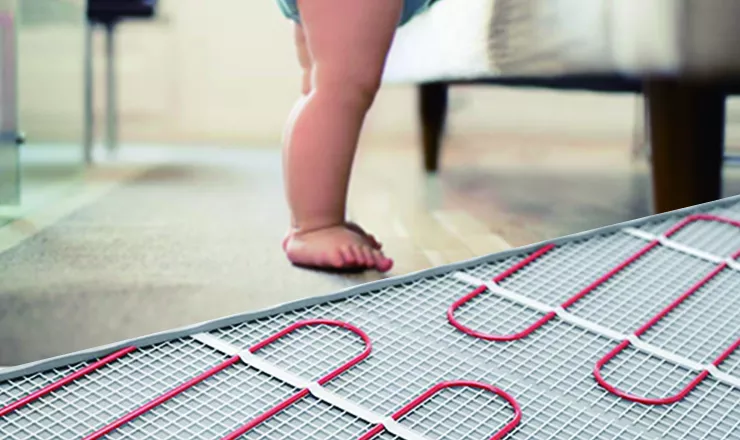As winter approaches, safeguarding plumbing systems from freezing temperatures becomes a priority for homeowners. One popular solution is the installation of heating cables, which effectively prevent frozen pipes and potential damage. However, for those with PVC pipes, concerns about safety and effectiveness arise. In this article, we will delve into the best practices for installing heating cables on PVC pipes, empowering you to make an informed decision.

Understanding PVC Pipes
PVC (polyvinyl chloride) pipes are widely used in residential plumbing due to their affordability, durability, and corrosion resistance. However, it’s important to note that PVC pipes have a lower melting point compared to other materials like metal, making proper installation crucial to avoid heat-related damages.
Choosing the Right Heating Cable
Not all heating cables are suitable for use with PVC pipes. It is essential to select a product specifically designed for PVC, with lower wattage and maximum temperature ratings. Adhering to the manufacturer’s instructions when choosing and installing a heating cable ensures safety and effectiveness.
Preparing for Installation
Before installing a heating cable on PVC pipes, thorough inspection for signs of damage or leaks is essential. Ensure the pipes are clean and dry prior to commencing the installation process. Additionally, pay attention to pipe placement and identify any potential hazards that could potentially damage the heating cable.
Installation Process
When installing a heating cable on PVC pipes, it is important to wrap it around the pipe in a spiral pattern. This method ensures even heat distribution throughout the pipe. After wrapping the cable, cover it with insulation to retain the generated heat. Strict adherence to the manufacturer’s instructions during this process is crucial.
Safety Considerations
To prevent pipe damage and other hazards, it is important to follow safety guidelines when installing heating cables on PVC pipes. Check for any cable damage, fraying, or twisting during installation. Furthermore, exercise caution to avoid overloading the circuit, which can lead to electrical fires.
In summary, heating cables can be a safe and effective solution for preventing frozen pipes in PVC plumbing systems, granted they are installed correctly. By selecting the appropriate product and following proper installation procedures, you can ensure the protection of your plumbing system during colder months. If you remain uncertain about the suitability of heating cables for your PVC pipes, seek guidance from an experienced plumber or HVAC professional to make an informed decision.
With the proper installation and selection of self-regulating heating cables designed for use with PVC pipes, homeowners can have peace of mind knowing that their plumbing system is protected from freezing temperatures. As a leading manufacturer of self-regulating heating cables, we are committed to providing cutting-edge technology and top-notch export service quality to meet the needs of our customers. Visit our website today to learn more about our products and services.






